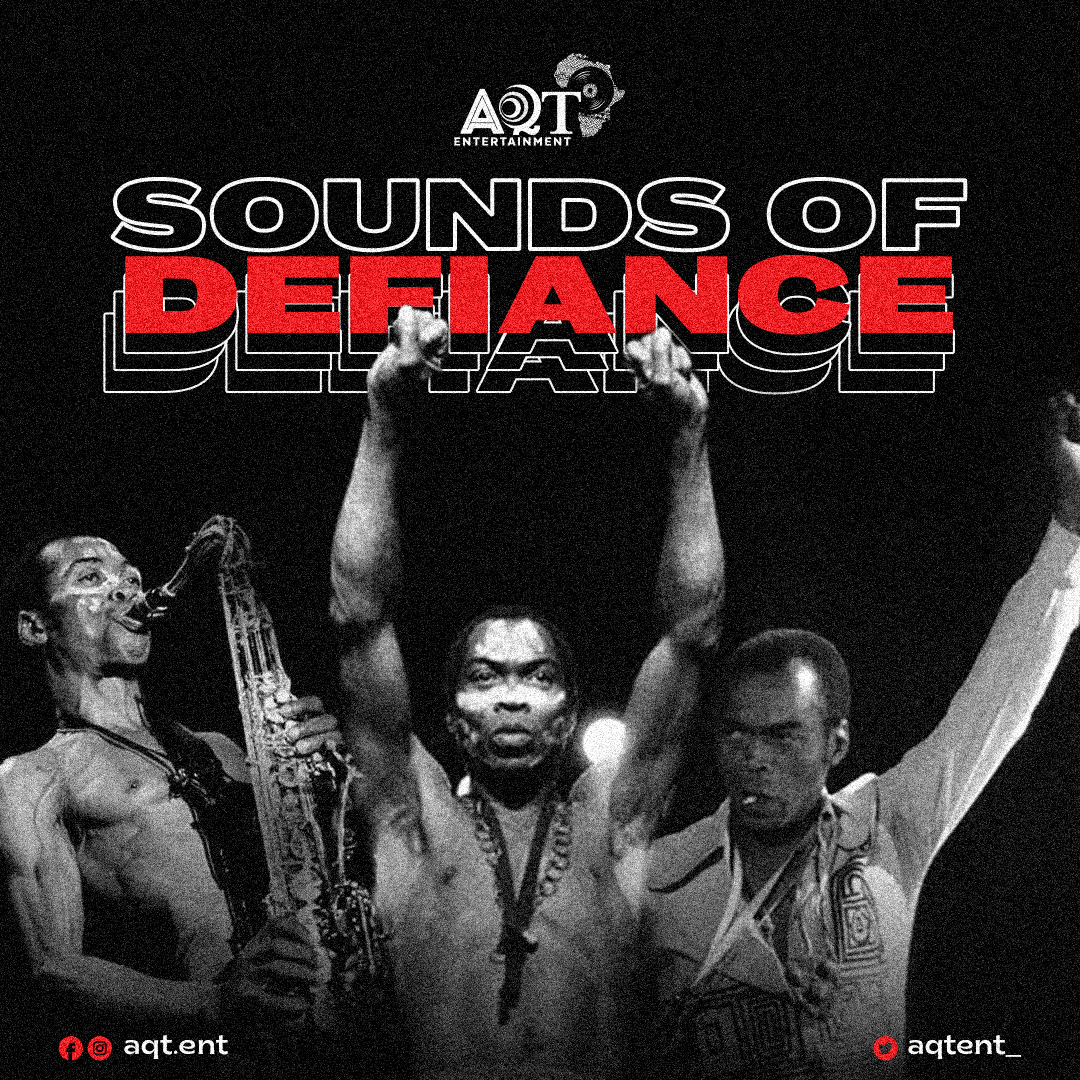It’s 2021, Grime, really, is one of the major genres recognized globally. I’m sure it’s a style you enjoy grooving to – especially when names like Skepta, J Hus, Dave, Stormzy, Wiley, and the Likes are featuring on a tape. Moreover, you may think you know Grime since you enjoy it, but do you really know?
Let’s go through bits of details so you come to understand even the complex side of Grime, you’d definitely enjoy Grime on another level after this insightful read.
The raw style of Grime
Grime emerged mostly from the UK speed garage scene while it incorporates elements from various genres. The style has established a ferocious sound by “distilling” rhythms to a basic fashion, resulting in a choppy, badass vibe.

Grime music was influenced by a diverse range of musical genres, mixing hip-hop with a variety of famous UK musical subgenres in the 1990s, such as UK garage music, Techno, and Jungle music – a type of rave music with a loud bassline.
Grime, originally, is music that expresses the lives of grime artists who usually have British accents, which clearly distinguishes the style from American hip-hop. You must have also noticed that the music style has a rhythmic attribute of fast breakbeat and a thumping bassline.
The Beginning
Grime music, a unique kind of hip-hop, began in the United Kingdom in the early 2000s, the style gained popularity in the UK during the mid-2000s thanks to singers like Dizzee Rascal, Kano, Lethal Bizzle, and Wiley, who popularized it on pirate radio stations and underground scenes.

Wiley, who rapped in ice-cold lyrics about his existence in London to the sound of heavy beats, is one of the rappers credited with establishing the grime sound. He defined his style as “Eski-beats“. He released his debut album “Treddin’ on Thin Ice” sometime in 2004 – a well-layered project that defined Grime with a signature style of British accent lyrics over rhythmic beats.
Following that, Wiley formed Roll Deep, a group of fellow Grime artists that comprised Danny Weed, Breeze, Jamma, Skepta, and Dizzee Rascal. However, Grime performers, with the exception of Dizzee Rascal, remained primarily underground, prospering as a music subculture aimed at young people, gaining audiences on pirate radio stations like Rinse FM.
The Decline
Grime had started to go out of style by the late 2000s. Grime‘s influence and exposure were limited as record labels, radio stations, and the media tried to figure out what to do with it.

The emergence of dubstep and UK funky made it more difficult for grime to gain momentum. Many Grime MCs began to move away from Grime music and towards commercialized electro house-influenced rap.
The Resurgence of Grime
Due to a lack of media exposure for Grime as well as any major outlets that would consistently showcase Grime, internet platforms like SB.TV, Link Up TV, and GRM Daily surfaced – with an initial focus on Grime music.
These platforms provided an easy outlet for artists to channel their music and gain fame, resulting in the creation of an environment that allows artists to easily record, produce, and release music to the masses without the need for traditional media or the music industry’s support.
In 2012, Charlie Sloth presented “Fire in the Booth” on BBC 1Xtra (later moved to Apple Music). The show grew in popularity and provided a wide platform for Grime MCs and UK hip-hop musicians to display their talents.
Grime took another huge leap in 2015 when Kanye West invited various Grime acts to perform on stage with him at the Brit Awards. Following the performance’s criticism, Stormzy released “Shut Up,” which featured the 2004 instrumental “Functions on the Low” made by XTC, a Ruff Sqwad member.
Shut Up was a huge hit, and it helped to publicize Grime music to a wider audience. Stormzy went on to deliver an awesome performance of the song during Anthony Joshua’s Heavyweight boxing battle against Dillian Whyte which boosted the song’s popularity even more, hereby peaking at number eight on the UK Singles Chart.
Grime music experienced a resurgence in popularity in 2016 and the genre became more mainstream thanks to artists like Stormzy and Bugzy Malone.
By June 2017, the British Phonographic Industry reported that Grime sales had increased by over 100% – physical sales up 109%, digital sales up 51%, and streaming up 138%. These applaudable sales by the genre led the Official Charts to report that Grime had “smashed” its way into the mainstream.
Grime‘s popularity has been attributed to ‘opening the door’ for competing genres like Afroswing and UK drill, which had previously been overlooked.

Moreover, since British musician, Skepta won the prestigious Mercury Prize in September 2016 and fellow Londoner Stormzy handed the genre its first number one record in March 2017, Grime (evolving from garage and rap) has been having a breakout era.
An era that has seemed unending now and has defined the style in its own path. Grime has evolved and leveled up above the bar.
New Grime music is now making its way onto radio stations and playlists around the world. The genre has been dubbed “the UK’s most significant musical development in decades.”










